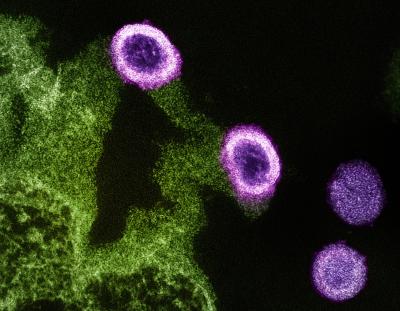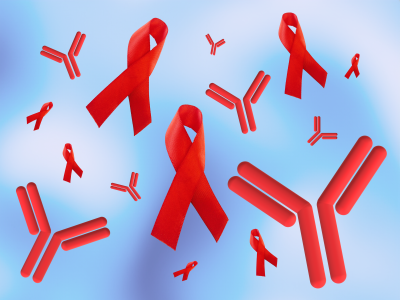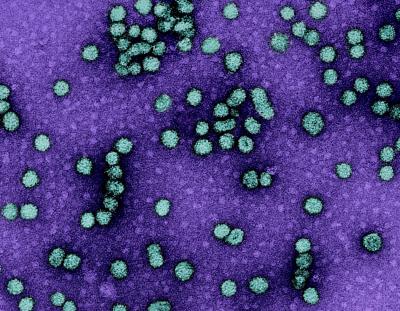This blog is the second in a series about the future of NIAID's HIV clinical research enterprise. For more information, please visit the /research/hiv-research-enterprise page.
The impact of clinical research is often measured by its outcomes. From trials that provide groundbreaking evidence of efficacy to those stopped early for futility, the end results of clinical trials shape practice and future research priorities. However, years of effort from scientists, study teams and study participants while a trial is underway are sometimes overshadowed by final study outcomes. In this regard, trial implementation requires clinical research sites’ operational excellence for the duration of a study. Access to relevant populations depends on the location of each clinical research site as well as investigators' and clinical care providers’ engagement with the local community and understanding of their needs and preferences. A high-functioning clinical research site anchored in the communities it works in and comprised of cohesive, well-integrated components is essential to producing high-quality outputs.
Currently, NIAID supports four research networks as part of its HIV clinical research enterprise. The networks are made up of more than 100 clinical research sites, each with local experts, robust research infrastructure, and well-trained, cross-functional staff who maintain standardized procedures and quality controls aligned with their network.
Every seven years, NIAID engages research partners, community representatives, and other public health stakeholders in a multidisciplinary evaluation of network progress toward short- and long-term scientific goals. This process takes account of knowledge gained since the networks were last funded and identifies essential course corrections based on the latest scientific and public health evidence. Subsequent NIAID HIV research investments build on the conclusions of these discussions. This process includes examining the networks’ infrastructure model, which the Institute updates and refines to stay aligned with its scientific priorities.
The HIV clinical trials network sites have made tremendous contributions to NIH’s scientific priorities by offering direct access to and consultation with populations most affected by HIV globally, and by delivering high-quality clinical research with strong connections to trusted community outreach platforms. Their approach to community engagement anchors clinical research sites beyond the scope of any individual study, and when possible, aligns scientific questions and study protocols based on local context.
Since the start of the 2020 research network grant cycle, HIV clinical research sites have enrolled about 93,000 participants across 78 clinical trials in 25 countries. The networks were able to quickly pivot to support NIAID’s emerging infectious disease priority areas, including COVID-19 and mpox. Of the 93,000 participants since 2020, approximately 78,000 were enrolled into COVID-19 clinical trials sponsored by NIAID’s Division of AIDS.
Clinical trials sites currently operate with a hub-and-spoke model, with each hub providing centralized support to their linked clinical research sites. This model leverages shared resources where possible and practical, and ensures robust oversight to promote high-quality clinical trial operations. Hubs provide infrastructure and services including laboratory, pharmacy, regulatory, data management, and training to support execution of NIAID-sponsored clinical research.
Future networks will need to maintain core strengths of current models while expanding capacity in areas vital to further scientific progress. These include operations that inform pandemic responses and extending our reach within communities impacted by HIV, including populations historically underrepresented in clinical research. Additionally, there may be opportunities for clinical research sites and other partners to conduct implementation science research based on their capacity and access to relevant populations in the context of specific scientific questions.
Make seamless progress on established and emerging scientific priorities
Our goals include maintaining the strength and flexibility of our current network model and infrastructure to support established scientific priorities that improve the practice of medicine, including high-impact registrational trials to identify new biomedical interventions and support changes to product labelling. The networks also must remain capable of directing operations to generate evidence on interventions for pandemic responses.
Engage underserved populations for more representative studies
Building on its current reach, NIAID and its partners have identified opportunities to expand or strengthen our connections to medically underserved populations affected by HIV, and to increase representation of geographic areas with limited access to current clinical trials sites. We also are seeking clinical research sites with longstanding community relationships and experience conducting randomized clinical trials that include Black gay, bisexual, and other men who have sex with men, transgender people, people who sell sex, people who use drugs, and adolescent girls and young women, as well as populations in African countries with a high HIV prevalence.
Integrate implementation science within clinical research practice
Implementation science is the scientific study of methods and strategies that facilitate the uptake of evidence-based practice and research into regular use by practitioners and policymakers. As biomedical HIV prevention, treatment, and diagnostic options expand, our scientific questions must expand to address not only whether an intervention works, but how it can be delivered to offer health care choices that people need, want and are able to use. This expanded scientific scope calls for research sites to have a diverse reach and skill sets, including experience and capacity for conducting implementation science research and fostering and maintaining partnerships with organizations that conduct implementation science research on key topics and interventions on which implementers seek stronger evidence.
The research community plays an essential role in shaping NIAID’s scientific direction and research enterprise operations. We want to hear from you. Please share your questions and comments at Next NIAID HIV Networks.
About NIAID’s HIV Clinical Trials Networks
The clinical trials networks are supported through grants from NIAID, with co-funding from and scientific partnerships with NIH’s National Institute of Mental Health, National Institute on Drug Abuse, National Institute on Aging, and other NIH institutes and centers. There are four networks—Advancing Clinical Therapeutics Globally for HIV/AIDS and Other Infections, the HIV Vaccine Trials Network, the HIV Prevention Trials Network, and the International Maternal Pediatric Adolescent AIDS Clinical Trials Network.





